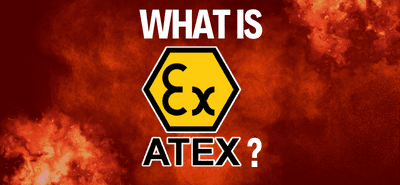Why install Fire Valves in an oil heating system, and which type ?
Why install Fire Valves in an oil heating system ?
There is really only one good reason to install Fire Valves in your house. Should you heat with a furnace that burns either fuel oil or liquefied petroleum gas and that is to be safe. When you think about it furnaces are a combination of electrical and mechanical devices built to create a fire. These furnaces have to be carefully managed to heat your home to the temperature you want despite how cold it gets outside. If any one of the components fails it could possibly mean that fire could escape the confines of the furnace causing damage to your house. This might also mean that any people in the house could become victims of the fire resulting in either injury from burns or smoke inhalation. It might even, in the worst case scenario, result in death.
However, the good news is that steps can be taken to lessen the chances that this might occur
There are number things one can do to minimize this type of risk. An important one of these is to install Fire Valves. The Fire Valves and the associated things needed to install correctly are not terribly expensive. The peace of mind you will get from knowing that you have made your house a safer place is well worth the cost.

How they work
Here are the basics about how the Fire Valve works. Whether your furnace burns fuel oil, liquefied petroleum gas it should operate within certain fairly specific temperature range. Should problems within the furnace develop it will either shut down completely or refuse to shut down when it should. If it fails to turn off it will begin to get hotter than it is supposed to get. Where you haven’t installed a Fire Valve this becomes a problem. If you have one a temperature sensor is triggered. These sensors activate at a variety of different temperatures to be applicable to differing types of furnaces. Generally these sensors trigger at 66 to 72 degrees Celsius (approximately 155 degrees f). For most applications configured to set off at a slightly higher rate for other higher temperature applications.
This sensor is mounted inside the insulating casing of your boiler. It is connected by a capillary tube, just a thin tube, to a remotely operated valve. This valve is installed in the fuel line that supplies your furnace. The capillary tube contains a liquid. If the temperature of your furnace goes above the level expected for that furnace the liquid in the capillary tube expands. This causes the valve to shut which in turn closes off the fuel supply to the furnace. Your furnace will of course shut off due to lack of fuel. This is but a minor inconvenience compared to what might happen if you hadn’t installed a Fire Valve.
Use a professional
Once you have made the right decision, to have a Fire Valve installed please make sure to have the work done by a qualified professional. While some homeowners may have the necessary tools and knowledge to correctly install this safety device most people should always rely on the professionals for a job like this.
RELATED PRODUCTS
- Fire Valves, Oil Heating Equipment, Solenoid Valves
Replacement Coil for Solenoid Valves
From £20.80 £24.96 - Drop Weight Fire Valves, Fire Valves, Oil Heating Equipment
Manual Quick Release Unit (MQR)
From £128.00 £153.60 - Drop Weight Fire Valves, Fire Valves, Oil Heating Equipment
FEL Drop Weight Fire Valve Fitting Kits
From £97.20 £116.64 - Drop Weight Fire Valves, Fire Valves, Oil Heating Equipment
Electromagnetic Quick Release (E-Mag and E-Mag 2)
From £318.27 £381.92












